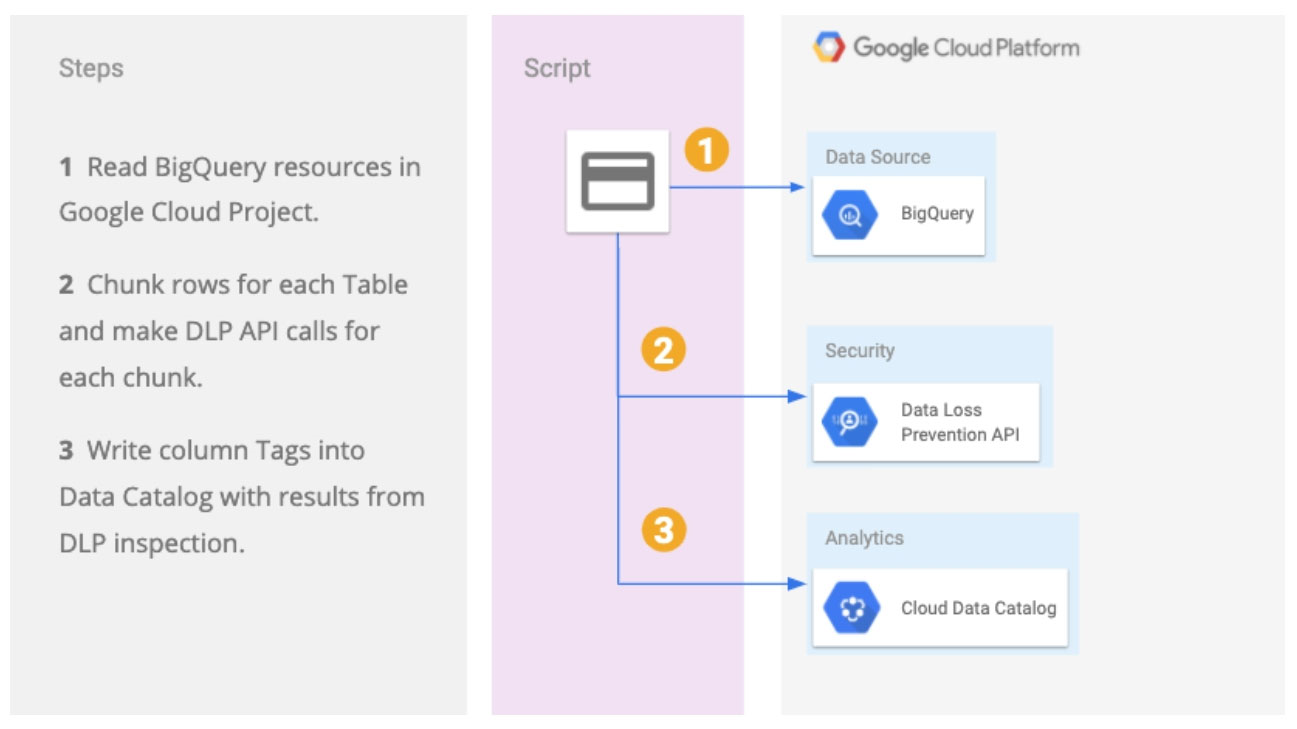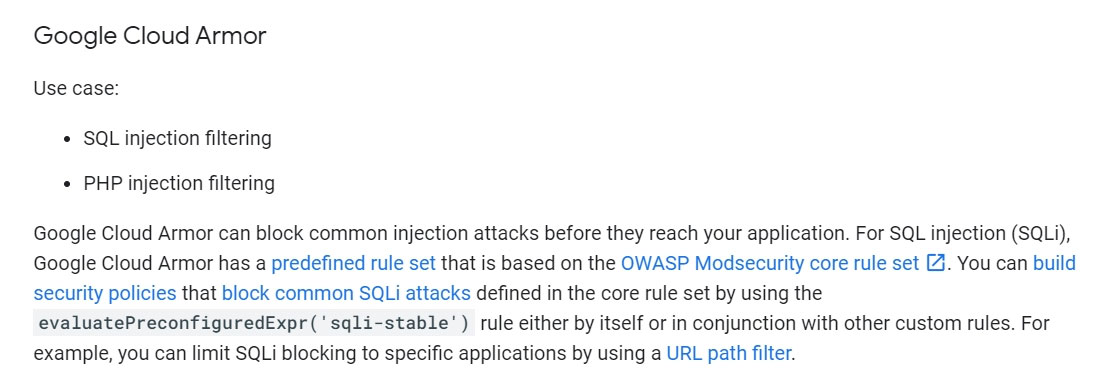You are the security admin of your company. You have 3,000 objects in your Cloud Storage bucket. You do not want to manage access to each object individually.
You also do not want the uploader of an object to always have full control of the object. However, you want to use Cloud Audit Logs to manage access to your bucket.
What should you do?
A
Reference:
https://cloud.google.com/storage/docs/access-control/lists
You are the security admin of your company. Your development team creates multiple GCP projects under the "implementation" folder for several dev, staging, and production workloads. You want to prevent data exfiltration by malicious insiders or compromised code by setting up a security perimeter. However, you do not want to restrict communication between the projects.
What should you do?
B
You need to provide a corporate user account in Google Cloud for each of your developers and operational staff who need direct access to GCP resources.
Corporate policy requires you to maintain the user identity in a third-party identity management provider and leverage single sign-on. You learn that a significant number of users are using their corporate domain email addresses for personal Google accounts, and you need to follow Google recommended practices to convert existing unmanaged users to managed accounts.
Which two actions should you take? (Choose two.)
BE
You are on your company's development team. You noticed that your web application hosted in staging on GKE dynamically includes user data in web pages without first properly validating the inputted data. This could allow an attacker to execute gibberish commands and display arbitrary content in a victim user's browser in a production environment.
How should you prevent and fix this vulnerability?
D
Reference:
https://cloud.google.com/security-scanner/docs/remediate-findings
You are part of a security team that wants to ensure that a Cloud Storage bucket in Project A can only be readable from Project B. You also want to ensure that data in the Cloud Storage bucket cannot be accessed from or copied to Cloud Storage buckets outside the network, even if the user has the correct credentials.
What should you do?
B
Reference:
https://cloud.google.com/resource-manager/docs/organization-policy/restricting-domains
You are responsible for protecting highly sensitive data in BigQuery. Your operations teams need access to this data, but given privacy regulations, you want to ensure that they cannot read the sensitive fields such as email addresses and first names. These specific sensitive fields should only be available on a need-to- know basis to the Human Resources team. What should you do?
D
Reference:
https://towardsdatascience.com/bigquery-pii-and-cloud-data-loss-prevention-dlp-take-it-to-the-next-level-with-data-catalog-c47c31bcf677
You are a Security Administrator at your organization. You need to restrict service account creation capability within production environments. You want to accomplish this centrally across the organization. What should you do?
D
Reference:
https://cloud.google.com/resource-manager/docs/organization-policy/restricting-service-accounts
You are the project owner for a regulated workload that runs in a project you own and manage as an Identity and Access Management (IAM) admin. For an upcoming audit, you need to provide access reviews evidence. Which tool should you use?
A
Reference:
https://cloud.google.com/iam/docs/granting-changing-revoking-access
Your organization has implemented synchronization and SAML federation between Cloud Identity and Microsoft Active Directory. You want to reduce the risk of
Google Cloud user accounts being compromised. What should you do?
D
Reference:
https://cloud.google.com/architecture/identity/federating-gcp-with-active-directory-introduction
You have been tasked with implementing external web application protection against common web application attacks for a public application on Google Cloud.
You want to validate these policy changes before they are enforced. What service should you use?
A
Reference:
https://cloud.google.com/architecture/owasp-top-ten-mitigation